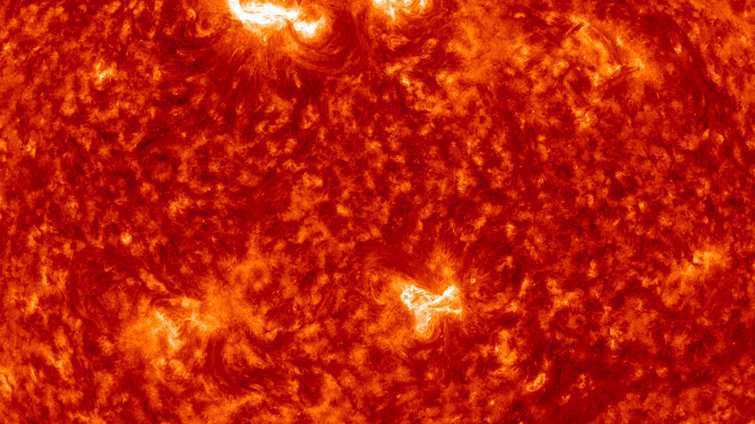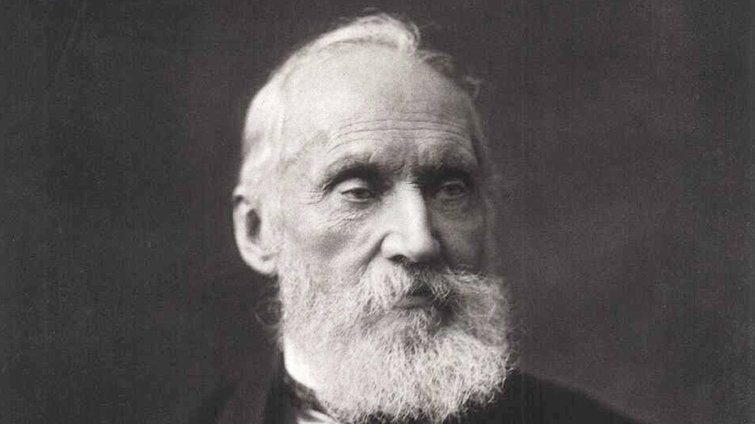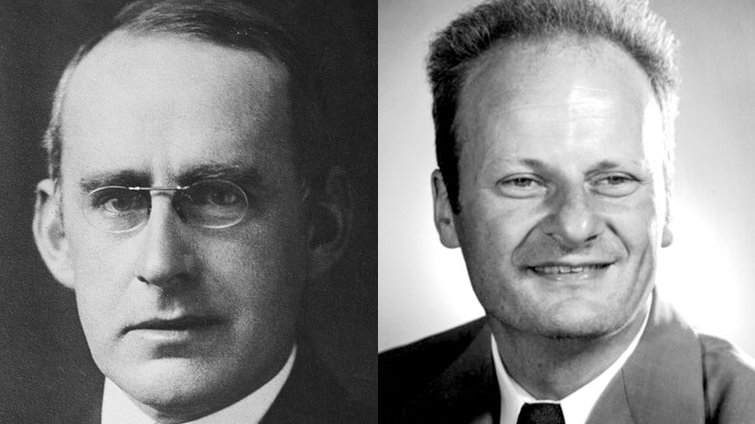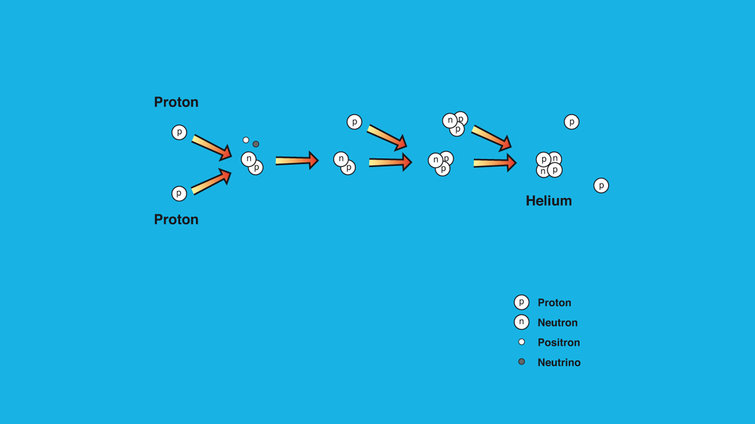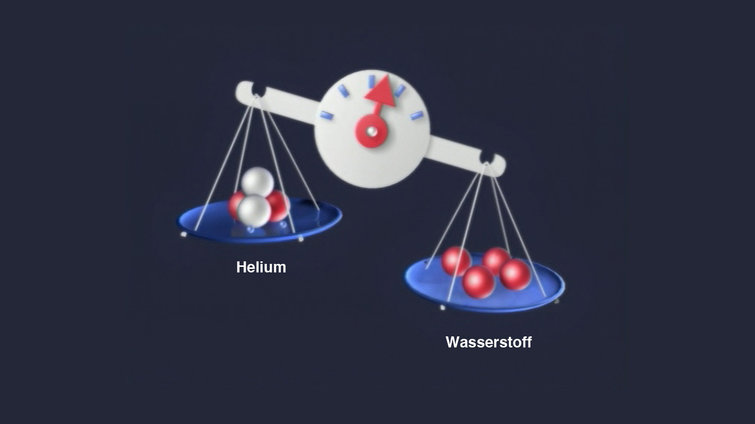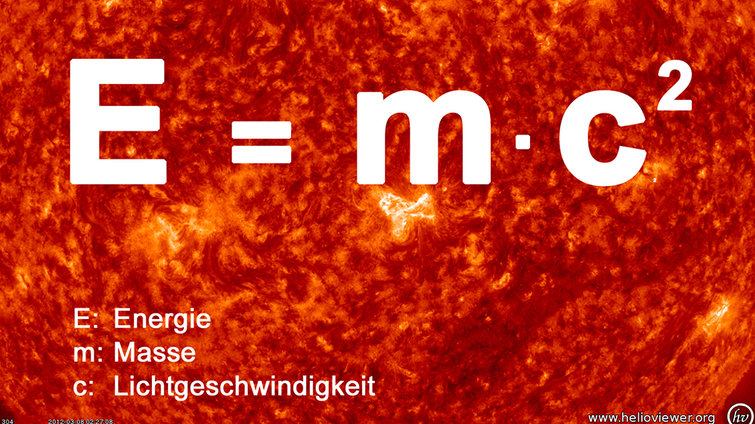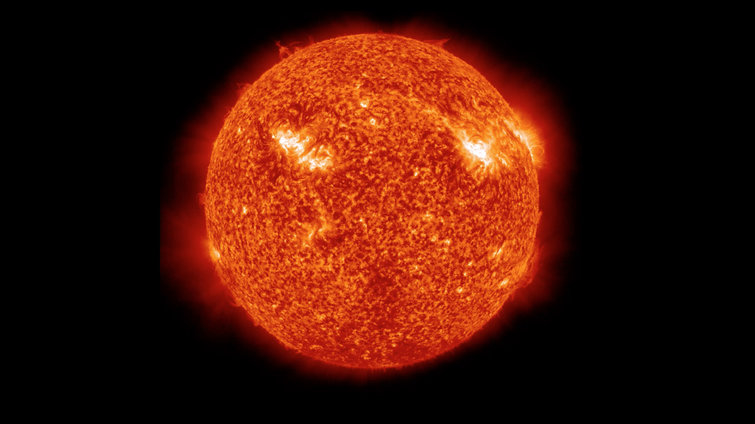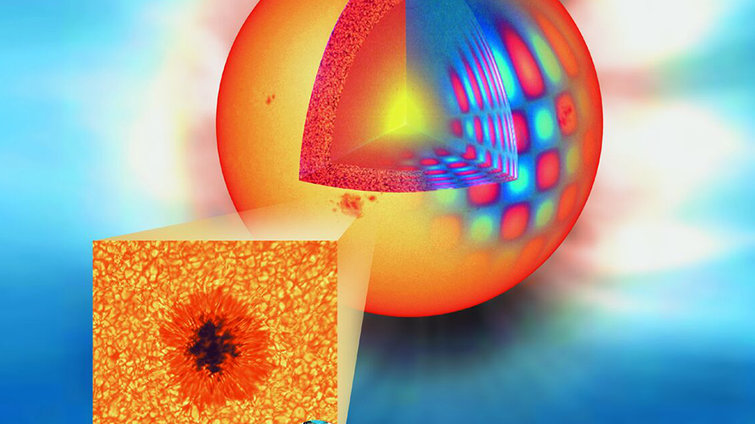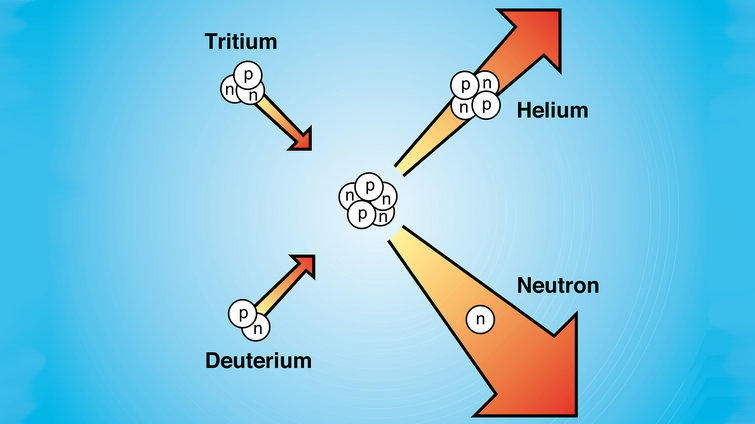What is nuclear fusion?
Nuclear fusion is an important natural process: Many chemical elements originate from hydrogen through fusion; fusion is the energy source of the sun and stars.
Fusion in the sun ...
The sun is the basis of all life on earth: the central star contains 99.8 percent of the mass of the entire planetary system. This huge plasma ball consists mainly of hydrogen. A constant fusion fire burns in its core, where the hydrogen atomic nuclei merge into helium. The enormous energy produced in this nuclear fusion is what heats and lights the earth.
... and on earth
The goal of fusion research is to derive energy from fusion of atomic nuclei. Under terrestrial conditions it is the two hydrogen isotopes, deuterium and tritium, that fuse most readily. In the process a helium nucleus is produced, this being accompanied by release of a neutron and large quantities of useful energy: One gram of fuel could generate 90,000 kilowatt-hours of energy in a power plant – the combustion heat of 11 tonnes of coal.
Fusion fuels are cheap and uniformly distributed on earth. Seawater contains deuterium in almost inexhaustible quantities. Tritium, a radioactive gas with a short half-life of 12.3 years, hardly occurs in nature. It can, however, be formed in a power plant from lithium, which is likewise abundantly available. Since, moreover, a fusion power plant will have ecologically favourable properties, fusion could make an enduring contribution to future energy supply.
The Sun: A Fusion Power Plant
For millions of years, the sun has been shining and giving off virtually inexhaustible amounts of energy.
(photo: PantherMedia)
Its source was long a puzzle to scientists: A slowly cooling magma? Burning coal? Impossible, given the age of the sun!
(photo: ESA/NASA)
William Thomson asked in 1862: Does the sun's own gravity make it contract? Does this compression produce heat and light?
(photo: Wikipedia/Public Domain)
Arthur Eddington realised 1920: nuclear fusion is the sun's energy source. The proton-proton reaction was finally described by Hans Bethe in 1938.
(photos: Bain Collection; Los Alamos National Laboratory)
Gradually, the atomic nuclei of hydrogen fuse into a helium nucleus, which is lighter than the four original nuclei.
Every second, 600 million tonnes of hydrogen 'burn' in the sun's core and become 596 million tonnes of helium ...
... Every second, the sun loses four million tonnes of its mass. They turn into energy according to Einstein’s famous equation.
(grafic: IPP, photo: ESA/NASA)
Since the birth of the sun 4.5 billion years ago, only a thousandth of its mass has disappeared – the core will last for another 4.5 billion years.
(photo: ESA/NASA)
Despite the high temperature and extreme pressure – 15 million degrees and 200 billion atmospheres – fusion in the sun is very slow.
(graphic: MPI für Sonnensystemforschung)
For a power plant on earth, a faster reaction is chosen: the fuel is 100 million degrees hot and the pressure does not exceed that of a car tyre.

